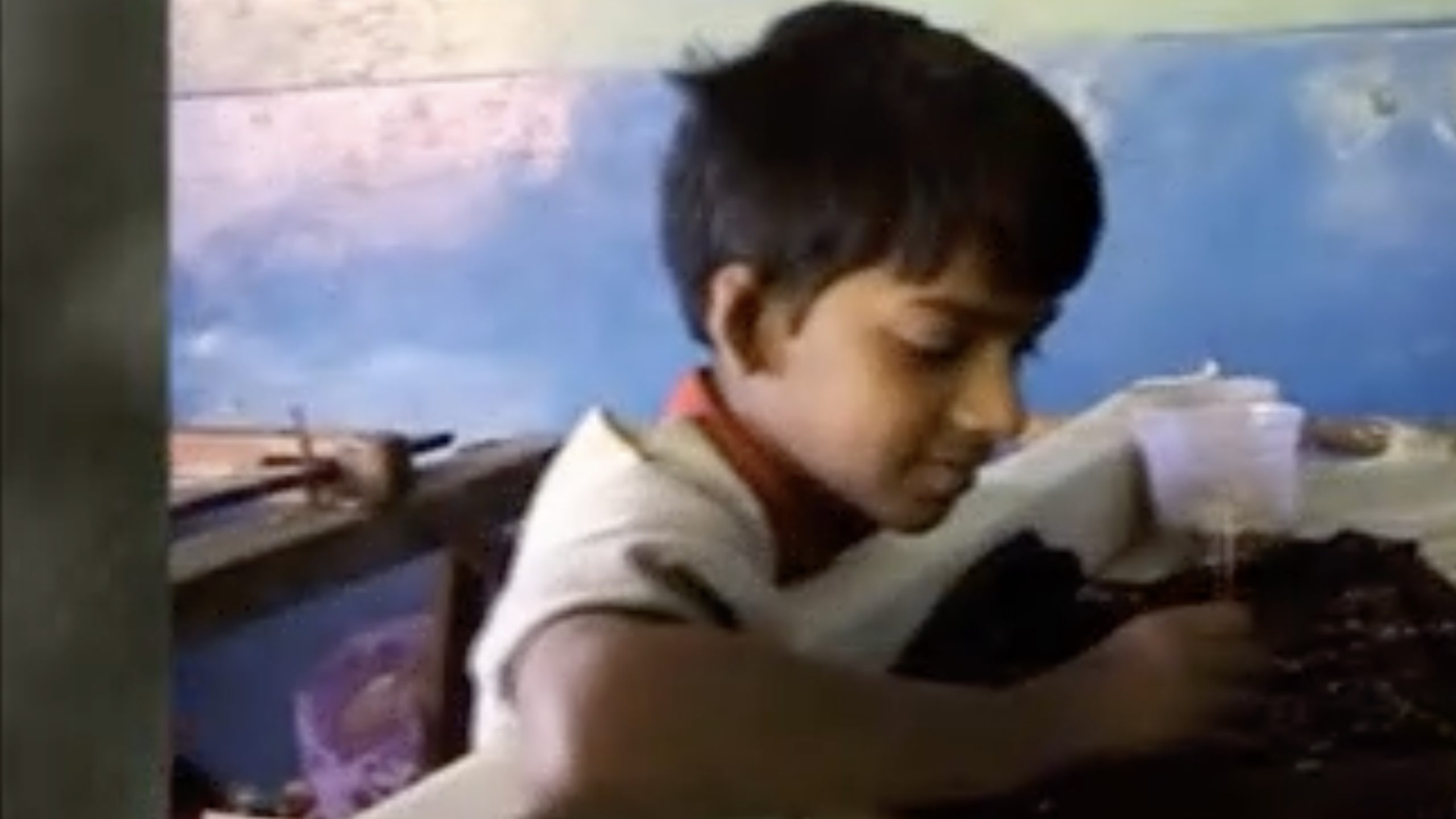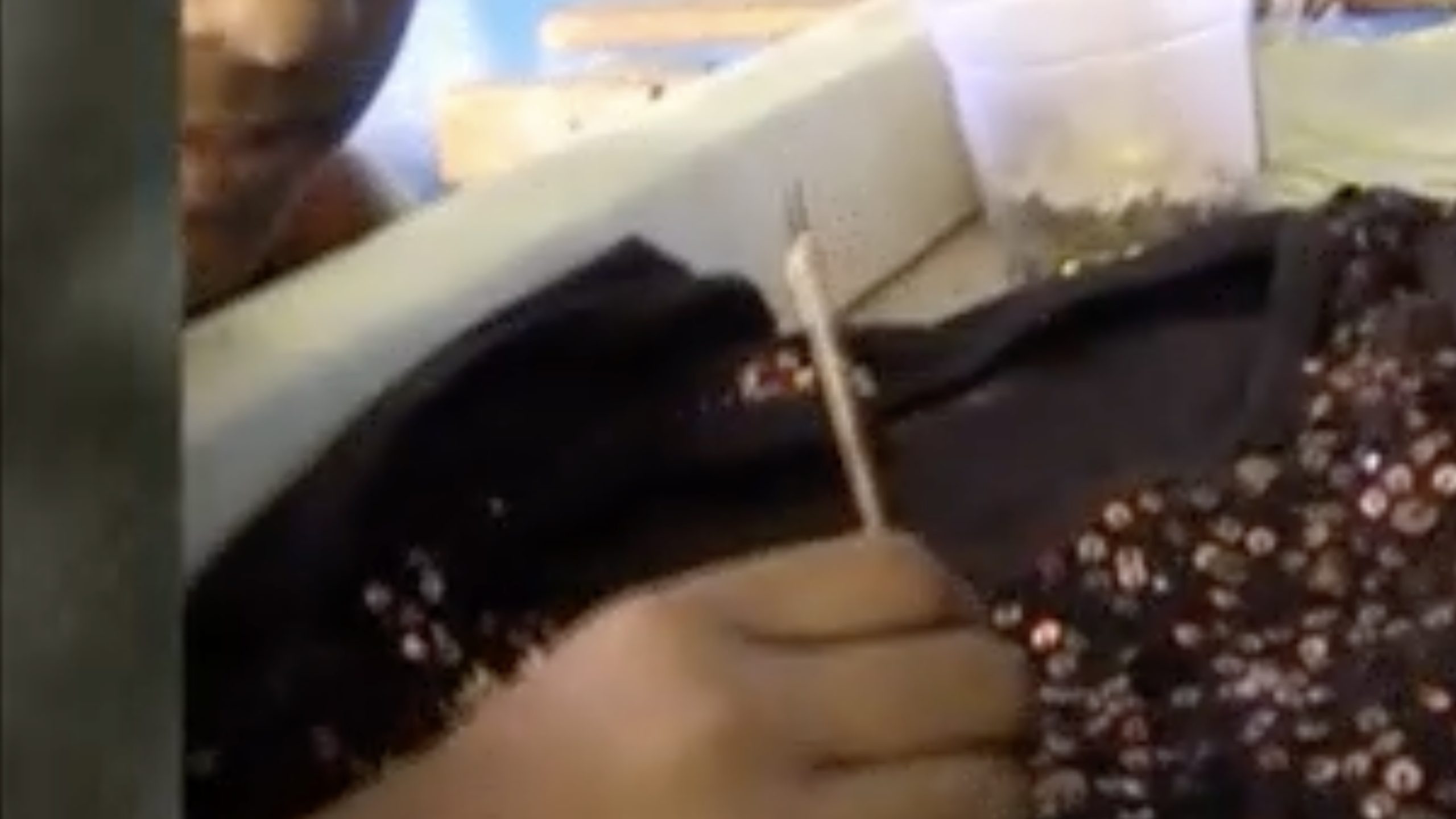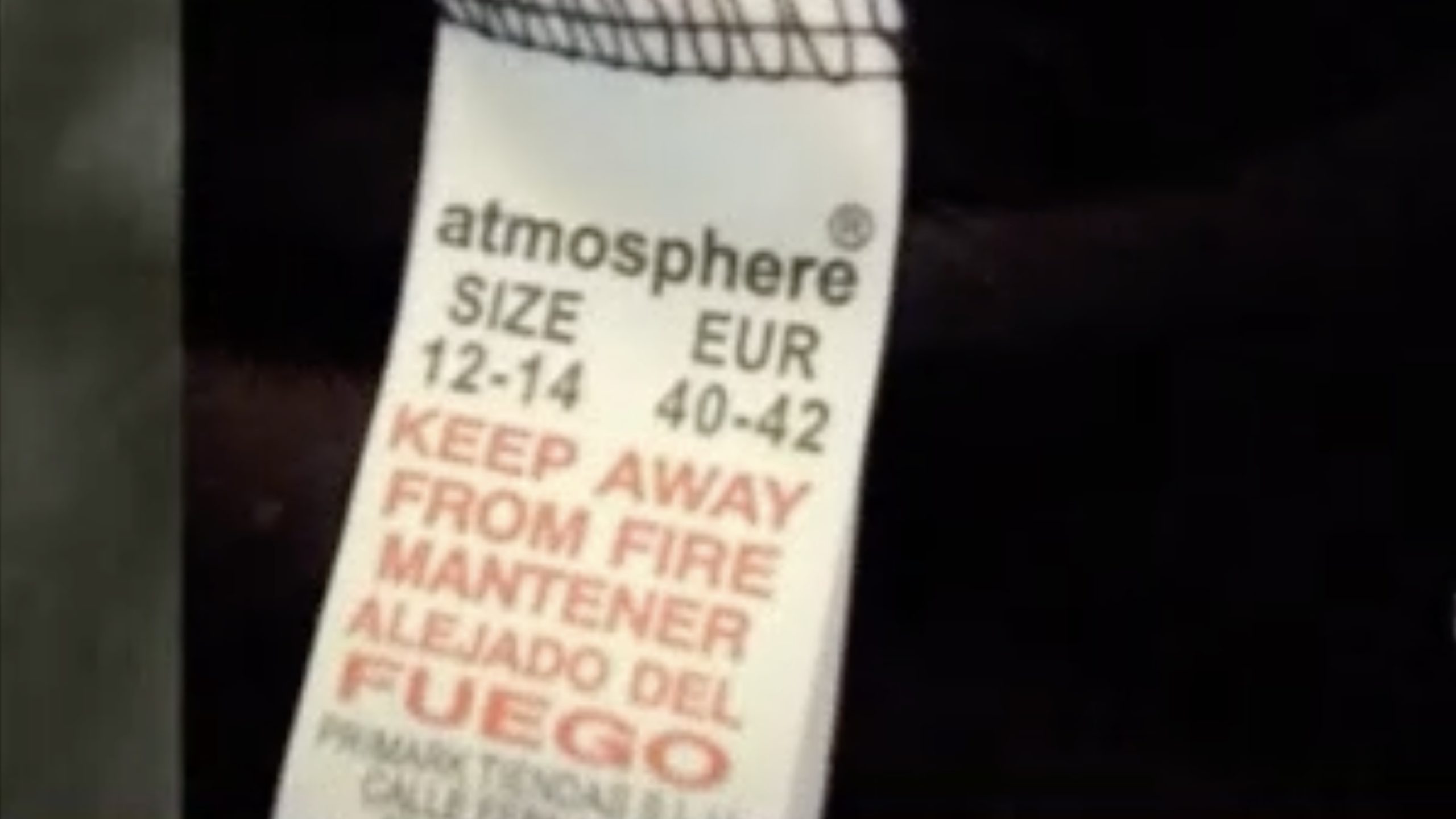
followthethings.com
Grocery | Money & Finance | Recycle my waste
“Ilha Das Flores (Island Of Flowers)“
A short film written, directed and produced by Jorge Furtado for Casa de Cinema de Porto Alegre, Brazil.
Embedded in full above. Search online to watch the film here. In Portuguese with English subtitles.
It sounds simple: filmmaker Jorge Furtado follows the life of a tomato from Mr Suzuki’s tomato field to a garbage dump ‘on the Island of Flowers’ in Porto Alegre, Brazil. Here, the rotten tomatoes binned in shoppers’ kitchens are selected to feed the local pigs. The leftovers are scavenged by local people who have queued for the chance. But, this no ordinary film. Its footage doesn’t always seem ‘real’. Its voiceover is eccentric but is delivered in monotone. It’s like an economic geography lecture – or a public information film – that’s been made for an audience visiting Planet Earth for the first time. It explains what a human being is, and what the function of money in capitalism is, for instance. It’s full of human beings whose tomato-connected lives audiences can learn a little bit about. It’s a collage made from quick cuts between filmed scenes, found media and ideas. There seem to be so many tangents. But, together, they gradually build a powerful argument that, ultimately, trashes the way that capitalism values people, animals and the environment. Humans who watched it called it a beautiful, hilarious and deeply troubling masterpiece. You’ll have to watch it to believe it. Maybe two or three times. It’s only 13 minutes long. It’s the only example of trade justice activism that we have found that follows a thing from the beginning to the end of its life. And it decentres the stereotypical shopper in fascinating and eccentric ways. But what is Jorge Furtado trying to achieve? What are his cultural reference points? Why is this highly political film presented as a kind of weird joke?
Page reference: Maura Pavalow (2025) Ilha das Flores. followthethings.com/ilha-das-flores.html (last accessed <insert date here>)
Estimated reading time: 68 minutes.
Continue reading Ilha Das Flores ![]()




